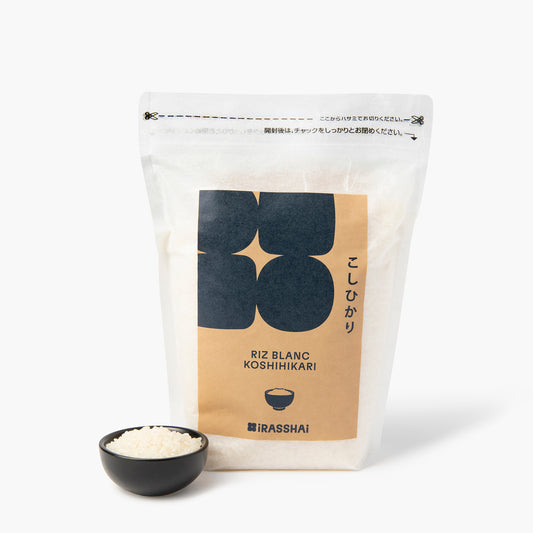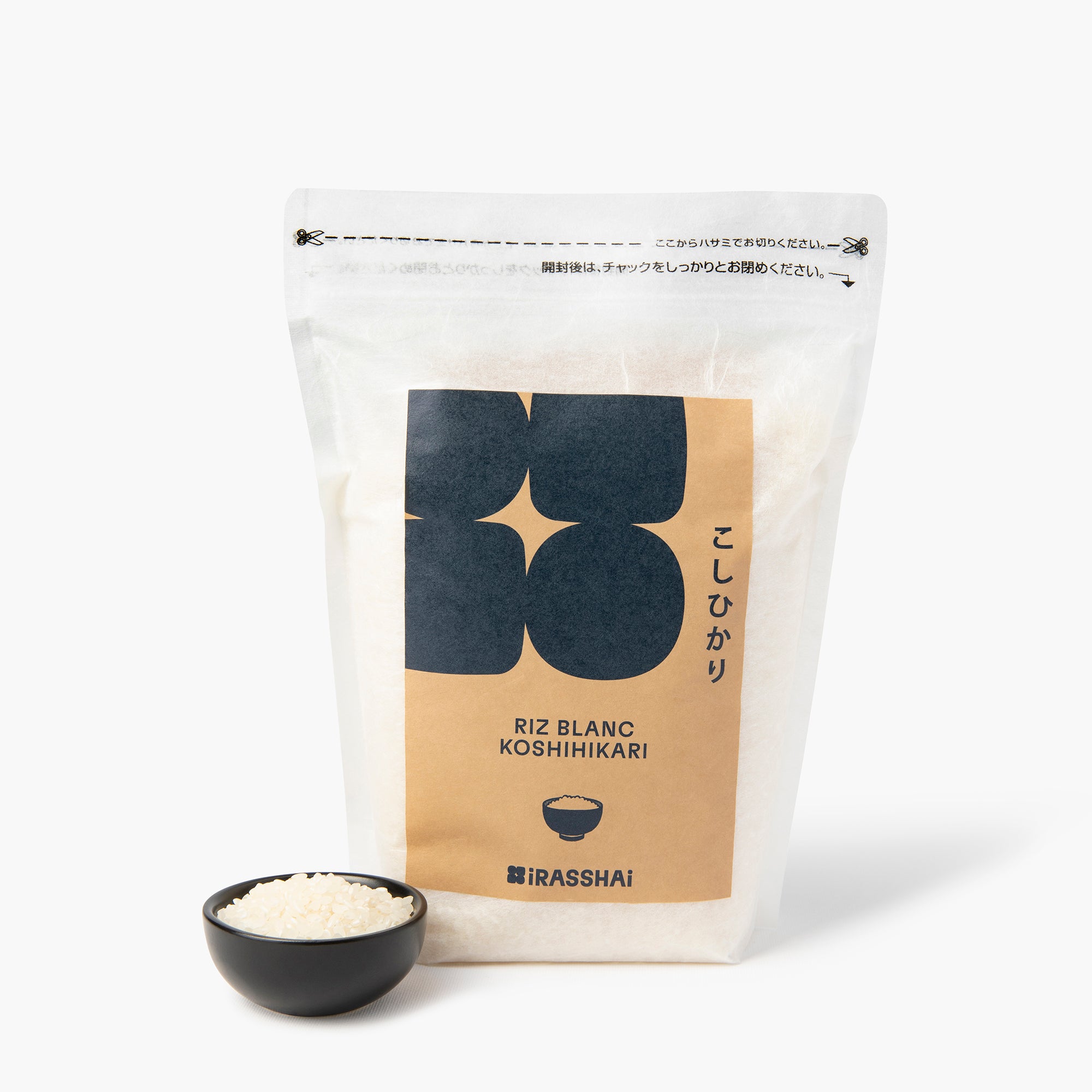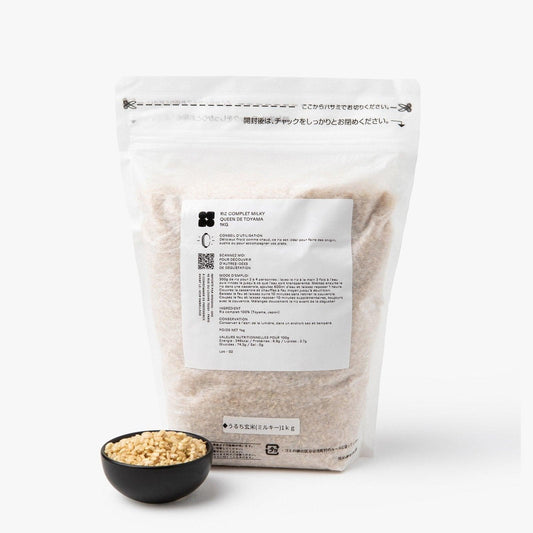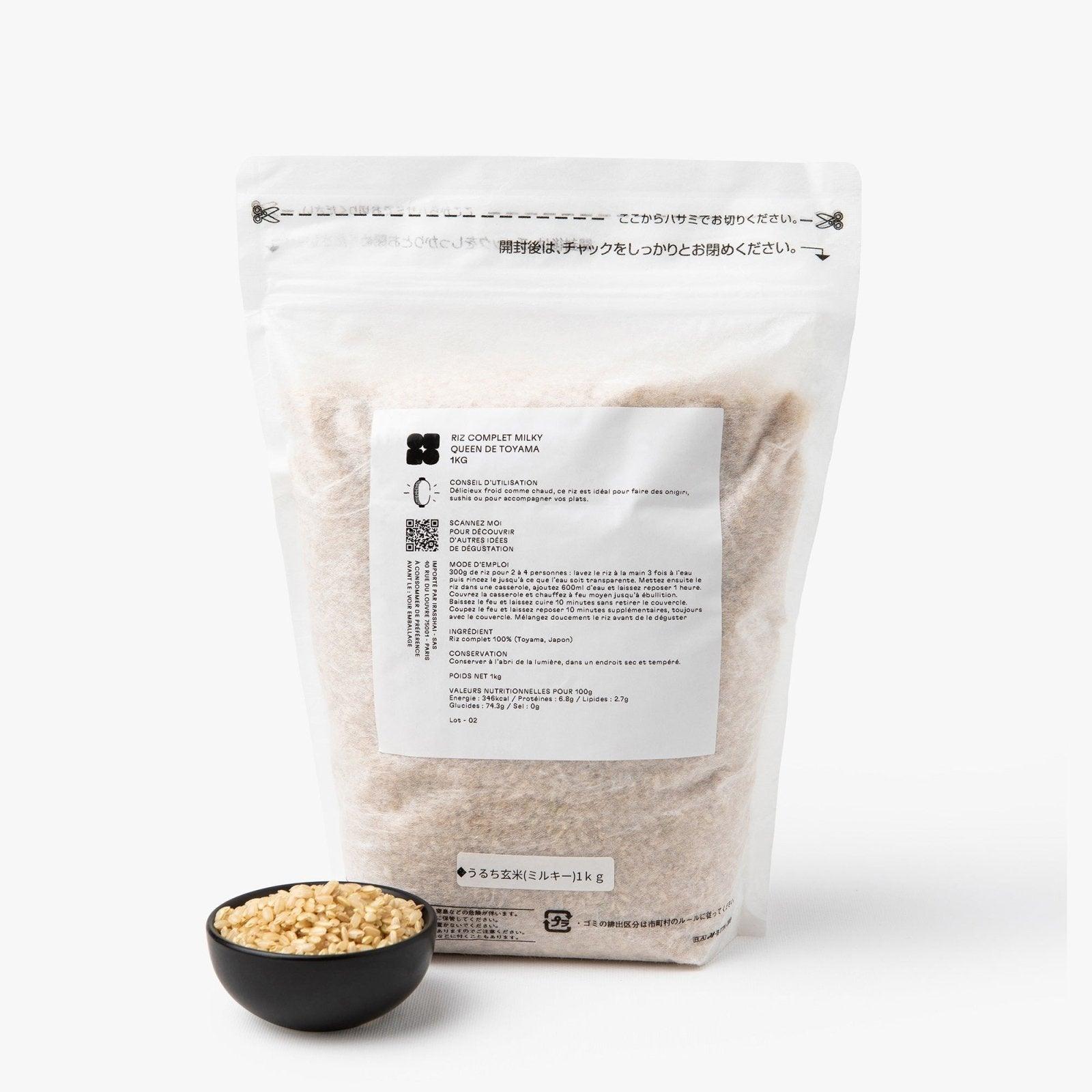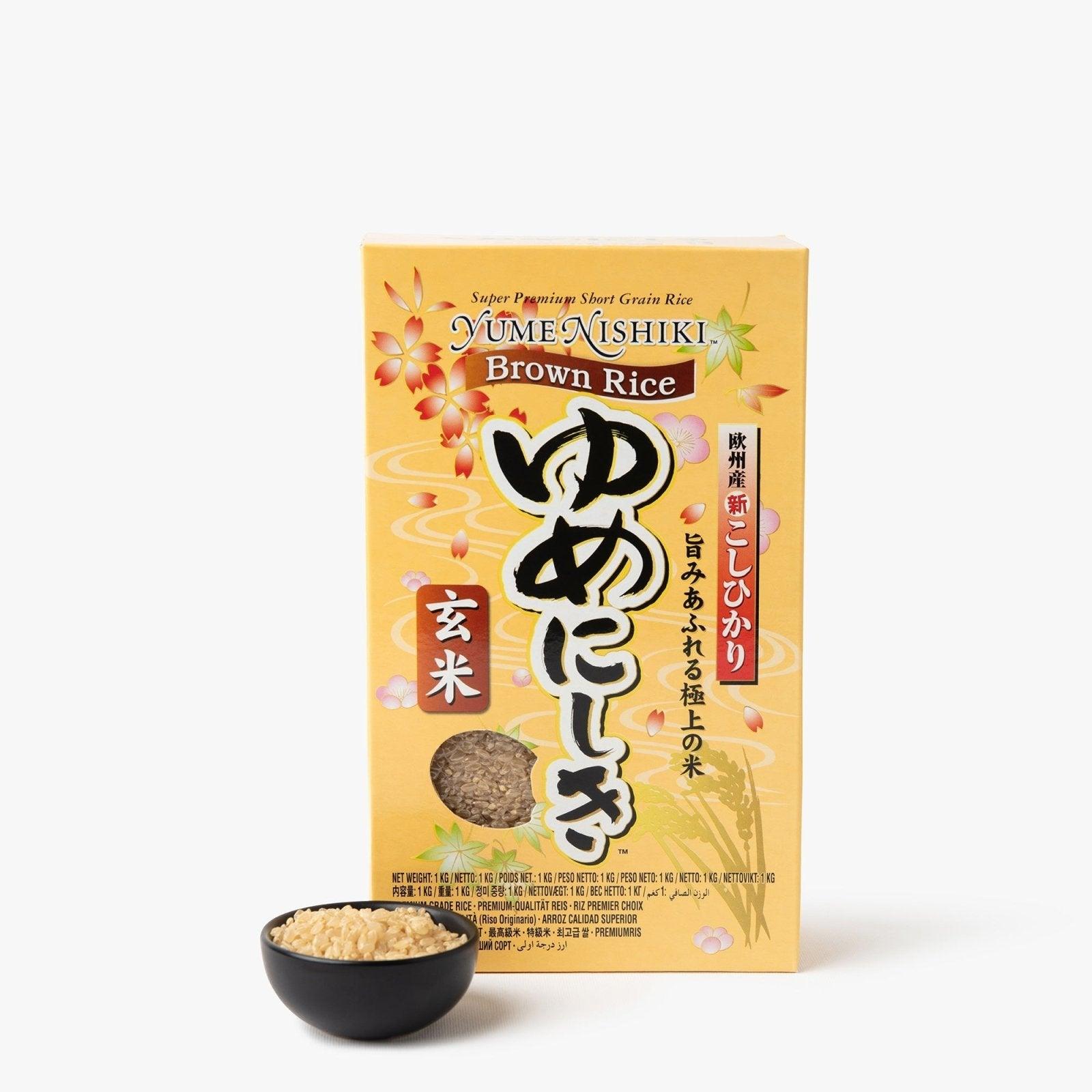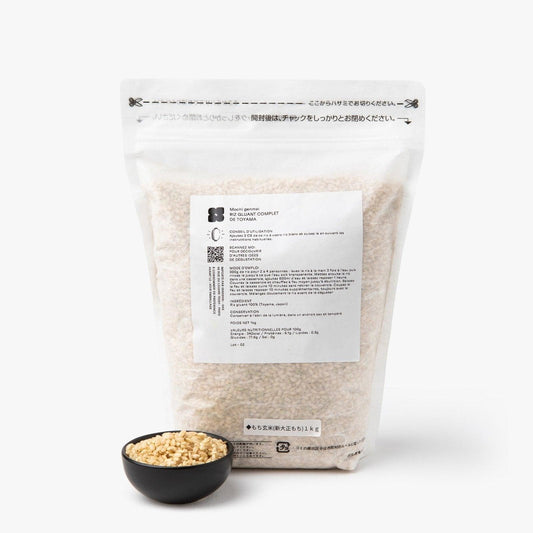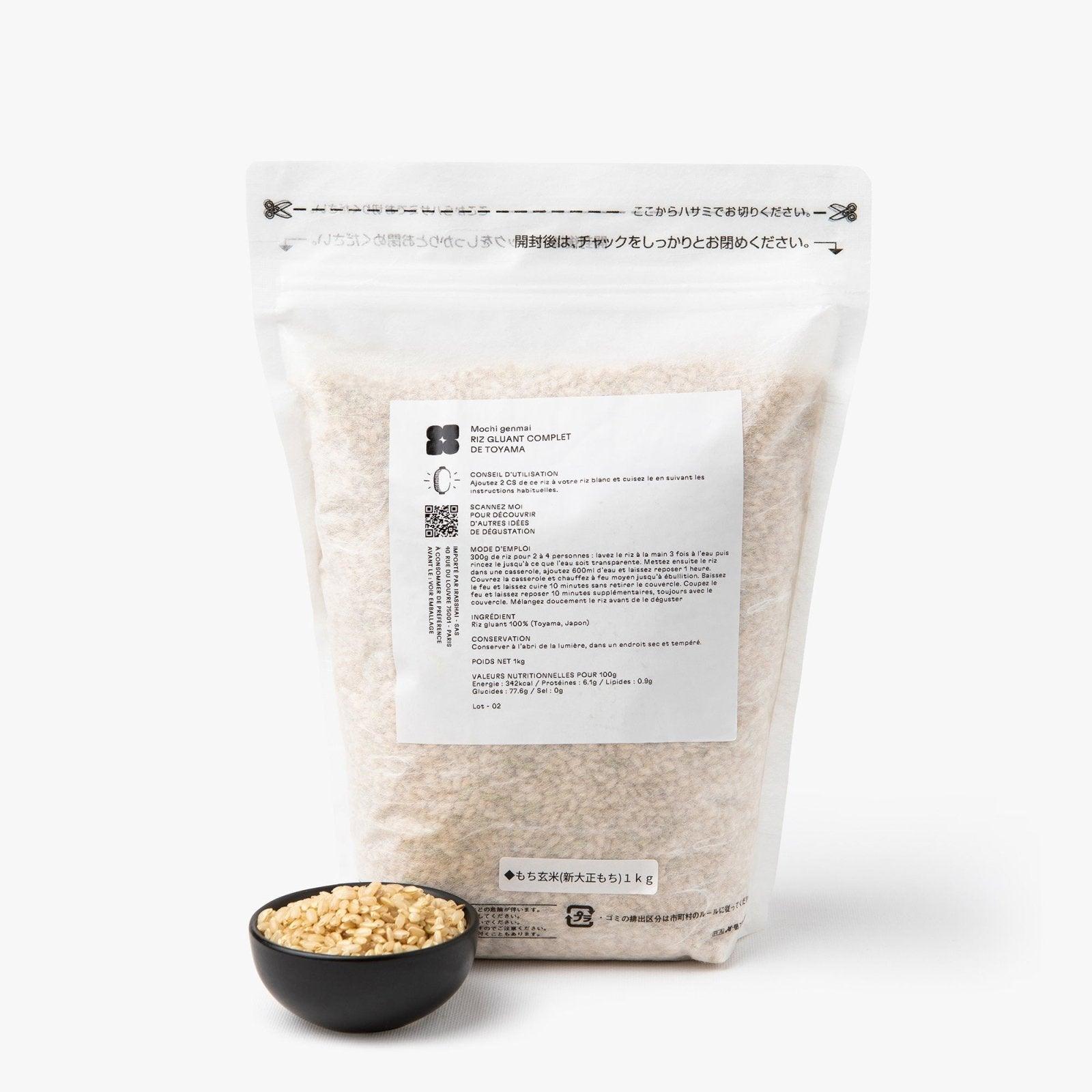In 2024, Japan experienced an exceptional combination of natural disasters: a historic heatwave and an earthquake had a severe impact on rice harvests. As a result, available quantities plummeted, while demand exploded, particularly with the massive return of tourism. This situation led to a price rise of almost 100% in one year, which is now being passed on to us. 🙏
Thank you for your understanding. We remain committed to offering you the best Japanese products, in full transparency and at the fairest price.
Find out more about Japanese rice
Growing rice in Japan
Japanese rice is grown mainly in rural areas of Japan, where the climate and soils are particularly suitable. The Japanese archipelago, with its many mountains and valleys, offers ideal conditions for rice growing.
Japan, although relatively small in terms of surface area, has several important rice-growing regions.
Niigata (west coast of the main island of Honshu) is famous for its Koshihikari rice, renowned for its superior quality. The region enjoys a favorable climate with warm summers and snowy winters, contributing to the quality of the soil and water, ideal for rice growing.
Akita (Tohoku region, north of Honshu) is known for producing high-quality rice varieties such as Akitakomachi. The region's cool climate and abundant water resources are ideal for growing rice.
Water plays a crucial role in Japanese rice cultivation. Rice fields, known as "tanbo" (田んぼ), are flooded for much of the year, allowing the rice plants to grow in an aquatic environment. The water used must be clean and plentiful, as it directly affects the quality of the rice. Moreover, when preparing rice, water is an essential ingredient for rinsing and cooking, influencing the final texture and taste.
The special characteristics of Japanese rice
Japanese rice grains are generally short and round, unlike some long, thin rice varieties. They are known for their high starch content, which gives them a sticky texture when cooked. This characteristic is ideal for the preparation of many Japanese dishes such as sushi or onigiri, as it allows the grains to hold together and be easily manipulated with chopsticks.
Cooking Japanese rice
Japanese rice is often prepared simply, with few added ingredients, to enhance its natural flavor. However, it can also be seasoned with rice vinegar to make sushi, or cooked with vegetables, meat and seafood in dishes such as donburi (garnished rice bowl) or takikomi gohan (rice cooked with various ingredients). Other ingredients such as miso, soy sauce, mirin and dashi can also be used to flavor and enrich the rice.
In Japanese cuisine, rice is ubiquitous and serves as the basis for many meals. It is often served plain, under the name "gohan" (ご飯), and accompanies almost every main course. Rice is also the basis for iconic dishes such as onigiri (rice dumplings), sushi, and mochi (sticky rice cake). Cooking rice is an art in itself, often requiring specific techniques and great care to achieve the perfect texture.
All the rice offered by iRASSHAi is of Japanese origin.
Sushi rice
Making sushi rice, or "shari" (酢飯), is a crucial step in achieving quality sushi.
Here are our tips to help you get there:
Ingredients
- 2 cups short-grain Japanese rice (sushi rice)
- 2 cups water (for cooking rice)
- 1/4 cup rice vinegar
- 2 tablespoons sugar
- 1 teaspoon salt
Instructions
- Place the 2 cups of rice in a bowl.
- Add cold water and stir the rice with your hand. Drain and repeat this process 3-4 times until the water runs almost clear. This rinsing removes excess starch, preventing the rice from becoming too sticky.
- After the last rinse, leave the rice to soak for about 30 minutes. This allows the rice to absorb the water, helping it to cook evenly.
- After soaking, drain well.
- Place the rice in a saucepan with 2 cups of water. Cover with a tight-fitting lid. Bring to the boil over medium-high heat. Once the water boils, reduce the heat to low and simmer for 15 minutes. Do not lift the lid during cooking.
- Turn off the heat and let stand, covered, for a further 10 minutes to finish steaming.
- Heat the vinegar: While the rice is resting, combine the rice vinegar, sugar and salt in a small saucepan. Heat over low heat and stir until the sugar and salt have completely dissolved. Do not allow the mixture to boil.
- Once dissolved, allow the mixture to cool to room temperature.
- Once the rice is cooked, transfer it to a large non-metallic bowl, preferably made of wood (called "hangiri") or plastic.
- Sprinkle the mixture evenly over the hot rice.
- Use a wooden spatula or flat spoon to mix, taking care not to crush the grains.
- Once the sushi rice has cooled to room temperature, it's ready to use for sushi, maki, onigiri and other Japanese rice dishes.















